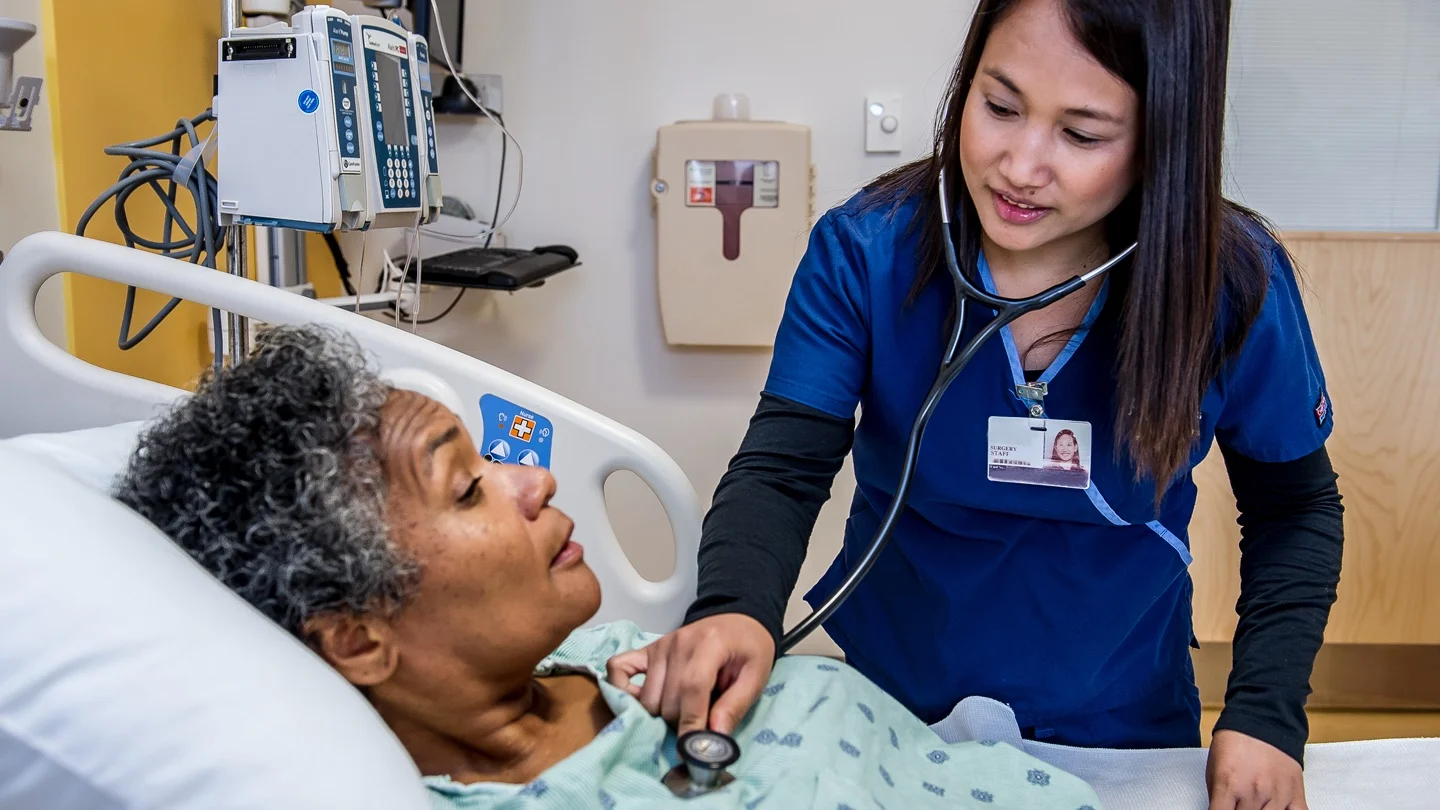Today our topic of discussion is Enteral Feeding.
Enteral Feeding

ENTERAL FEEDING
Nasogastric feeding or gastric gavage is the instillation of specially prepared nutrients into the digestive tract through a tube that is inserted through one of the nostrils, down the nasopharynx and into the alimentary tract. Enteral tube feedings are delivered to the distal duodenum or proximal jejunum when it is necessary to bypass the esophagus and stomach (Fig. 28.42).
Purpose
- To supply the body with adequate nourishment, when the patient is unable to take food by mouth (e.g. unconscious, semiconscious and delirious patients) or for patients who will not eat
- To supply with adequate nutrients when conditions of mouth or esophagus make the chewing or swallowing difficult or impossible, e.g. patients with fracture jaw, structure esophagus, surgery of mouth and esophagus.

Advantages of Enteral Tube Feeding
- Intraluminal delivery of nutrients preserves gastro- intestinal integrity
- Tube feedings preserve the normal sequence of intestinal and hepatic metabolism prior to nutrient delivery to the arterial circulation.
- The intestinal mucosa and liver are important in fat metabolism and are the only sites of lipoprotein synthesis
- Normal insulin-glucagon ratios are maintained with the intestinal administration of carbohydrates.
Methods of Tube Feeding
- Continuous tube feeding method: The continuous feeding method is the method of choice for the critically ill for clients fed via the small intestine. Continuous drip feeding helps minimize cramping, nausea and diarrhea (Fig. 28.43)
- Intermittent feeding method: The feeding is given periodically, using an administration set and adjusting the drip rate to the client’s tolerance. For example a scheduled feeding of 400 mL is given over 30 minutes four to six times a day

- Bolus feeding method: To administer bolus feeding method pour a prescribed amount of room temperature formula (Usually 250 to 400 mL) slowly into the barrel of an asepto syringe of funnel that is attached to the end of the GI tube (Murphy drip). The formula flows by gravity into the stomach or small intestine.
Read more:
